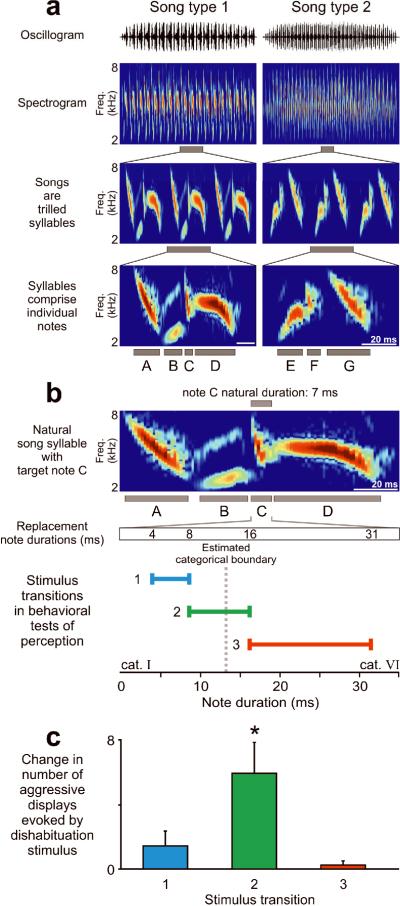FIGURE 1. Earlier behavioral tests with swamp sparrows reveal categorical perception of changes in individual song notes.
(a) Male swamp sparrows sing a small repertoire of distinct song types composed of trilled syllables that comprise multiple notes (2-5 song types, each ~ 2 sec duration). (b, c, d) Categorical perception in swamp sparrows was demonstrated previously7 by (b) splicing out one note in the syllable (note C) and replacing it with a note with similar spectral characteristics but different duration. Replacement note durations differed by equal increments on a logarithmic scale. (c) Behavioral testing revealed that swamp sparrows perceive strong differences, evident as robust expression of aggressive displays, when note transitions spanned an estimated boundary of 13 ms (stimulus set 2) but perceive little or no difference when transitions did not cross that boundary (stimulus sets 1 and 3, figure adapted from Nelson and Marler7), indicating that swamp sparrows employ categorical perception in their song discrimination.

